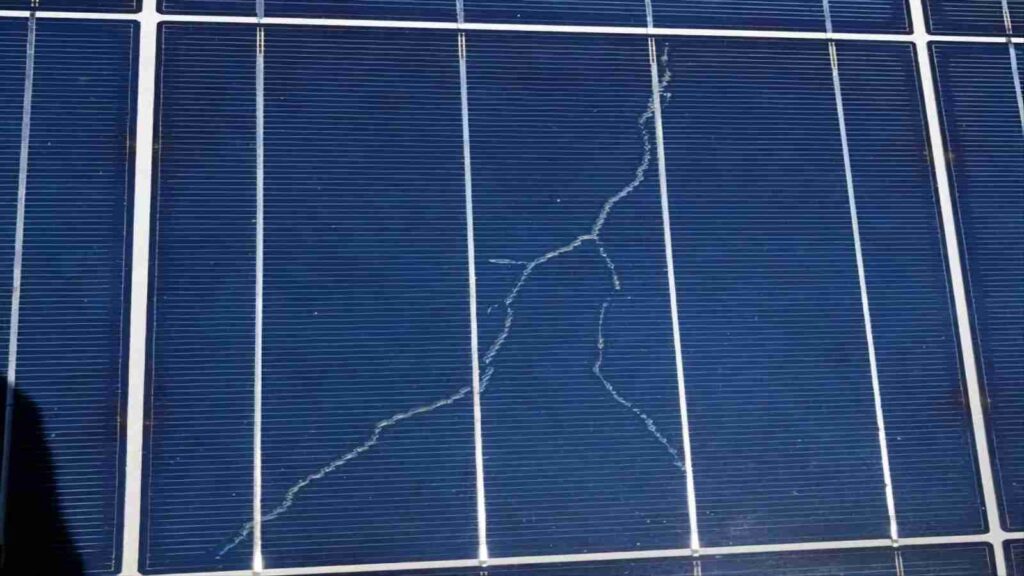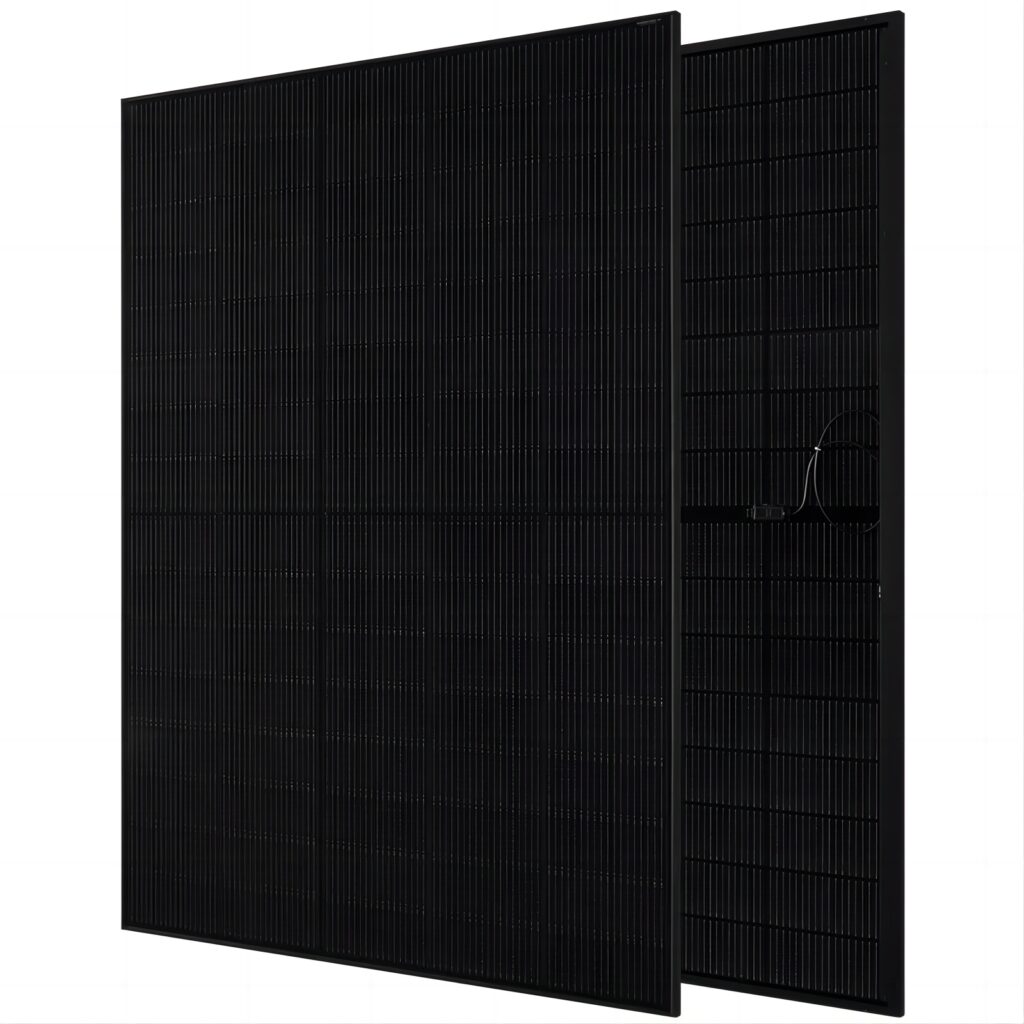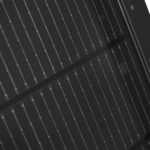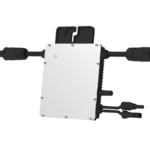Table of Contents
Intro
Installing solar panels to power your home is a sustainable long-term investment. This not only helps reduce your utility expenses but also contributes to lowering your carbon footprint, creating a more sustainable ecosystem.
However, despite the significant advantages of solar panels in providing clean energy, some issues may affect their efficiency over their lifespan, and one common problem is the occurrence of snail trails.
What are Solar Panel Snail Trails?
Snail trails, also referred to as snail tracks or worm marks, manifest as localized discoloration lines that develop on solar panels over extended periods of use.
Typically appearing as dark or brown lines, these trails tend to emerge in proximity to busbars, along solar edges, or near microcracks.
These minute brown lines create the optical illusion that snails or worms have traversed the surface of the solar panels, hence the name “snail trails” or “worm marks.” If these trails extend across the entire solar panel, they can significantly impact its visual aesthetics.
Typically, when a solar panel is compromised, such as having microcracks, the manifestation of snail trails becomes apparent after months of exposure to outdoor elements. Subsequently, these trails persist and remain visibly noticeable on the solar panels.
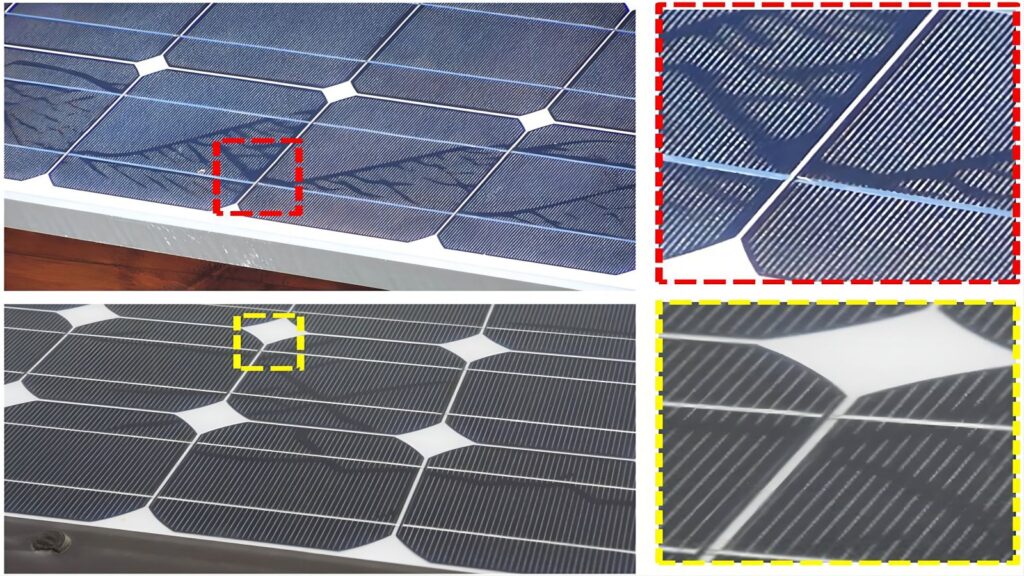
How are snail trails formed on solar panels?
The formation mechanism of snail trails on solar panels involves a series of complex chemical and physical processes. Firstly, when a chemical reaction occurs on the busbars of the solar panel, it serves as the initial stage for the generation of snail trails. Subsequently, continuous physical stress leads to the formation of microcracks on the surface of the solar panel, creating pathways for moisture to infiltrate. In the presence of an electric field, ultraviolet radiation, and operating temperatures, infiltrated moisture triggers a corrosion process. The deformation of silver contacts and encapsulation foil causes silver particles to migrate onto the EVA foil. The encapsulation polymer contains chemical components such as sulfur, phosphorus, and chlorine, leading to secondary chemical reactions with silver. The accumulation of these tiny particles, formed through multiple reactions, eventually creates the distinctive snail trails on the surface of the solar cells and encapsulation materials.
When solar panels are exposed to harsh outdoor conditions for an extended period, the EVA material begins to degrade, releasing carbon dioxide and acetic acid. In the presence of oxygen, carbon dioxide reacts with the silver paste used as a conductive material in the solar panel, forming silver carbonate:
4Ag + 2CO2 + O2 —> 2Ag2CO3
Subsequently, silver carbonate reacts with acetic acid in the EVA material, forming silver acetate:
Ag2CO3 + CH3COOH—> CH3COO(Ag) + CO2 + H2O
Silver acetate then deposits onto the EVA and manifests as brown lines (snail trails).
It is crucial to note that microcracks are a prerequisite for their formation. If the internal components of the solar panel are not influenced by outdoor elements, especially if moisture cannot infiltrate, the occurrence of snail trails becomes highly improbable. In this process, the presence of microcracks becomes a critical factor, providing the necessary conditions for the appearance of snail trails.
The Key Reasons Behind The Formation of Snail Trails on solar panels?
Snail trails emerge after prolonged exposure of solar modules to outdoor elements, prompting the question of their precise origin. According to findings from this study, the root cause of snail trails can be attributed to material defects and the initiation of chemical processes.
1. Differences in chemical properties between EVA (ethylene vinyl acetate) foil and silver contacts.
2. The degree of degradation of the EVA material, i.e. how it ages and wears.
3.The water vapor permeability of the solar panel backsheet material, i.e. whether it can effectively prevent water vapor from penetrating into the interior of the solar panel.
Many of these material defects manifest while solar panels are actively generating electricity on-site, though occurrences during the manufacturing process are not uncommon and are referred to as ‘manufacturing cosmetic blemishes.’
The induced chemical processes are a consequence of the material defects. Predominantly, corrosion reactions are the prevailing induced reactions leading to the formation of snail trails. These trails manifest when microcracks appear on the solar panel surface, providing a pathway for moisture and oxygen infiltration. While not every microcrack results in adjacent snail trails, there is a notable likelihood of finding these two defects coexisting in the same location on a solar cell. Consequently, it can be broadly asserted that microcracks stand out as the primary instigator of snail trails on solar panels.
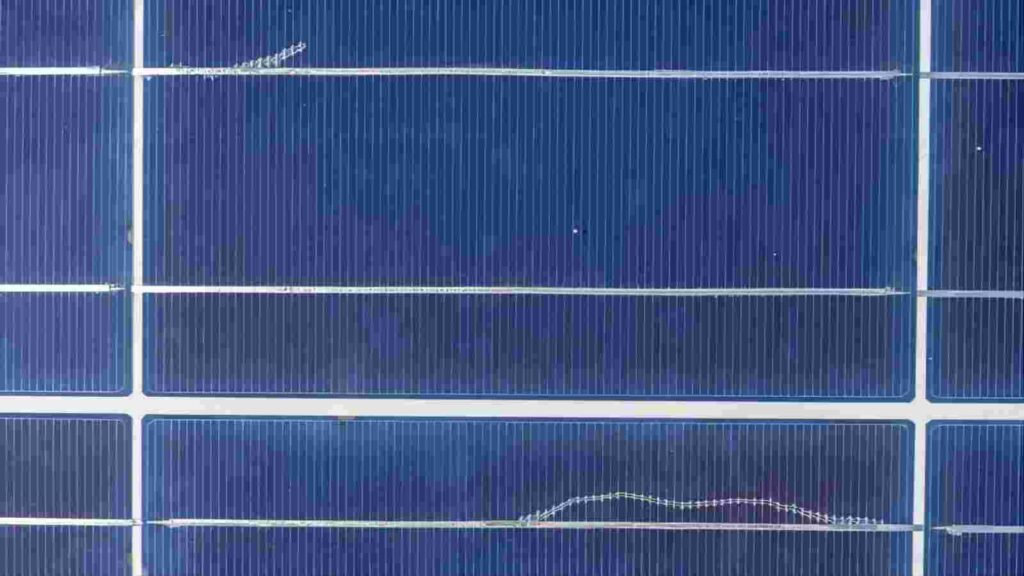
What are the impacts of snail trails on solar panels?
1.Solar panel performance degrades.The performance of solar cells can be affected by reducing the light reflection from the surface of the solar cell. This phenomenon leads to a decrease in the efficiency of the solar system and a reduction in energy yield.Investigations into crystalline solar panels affected by snail trails reveal a potential maximum decline in power Investigations into crystalline solar panels affected by snail trails reveal a potential maximum decline in power efficiency of up to 9.1%. Traces left by snails can likewise trigger damage to solar cells as they erode the surface of the solar cell, leading to deterioration of the electrical performance.
2.The formation of hot spots effect.The presence of snail trails does not only cause light reflection problems, but can also cause current resistance on the solar panel, creating hot spots that can further affect the overall panel performance. This current resistance can lead to a loss of energy conversion and the formation of localized hot zones on the surface of the solar panel. These hot zones may not only lead to a decrease in the efficiency of the panel, but may also adversely affect the long-term stability of the panel.
3.Affect the appearance.The appearance of a solar panel is extremely important for its overall impression and sense of environmental integration. The presence of snail marks not only affects the performance of the solar panel, but also negatively impacts its visual appearance. Over time, these brown marks can deteriorate and further have a lasting and non-negligible adverse effect on the overall appearance of the solar panel and its mounting surfaces.
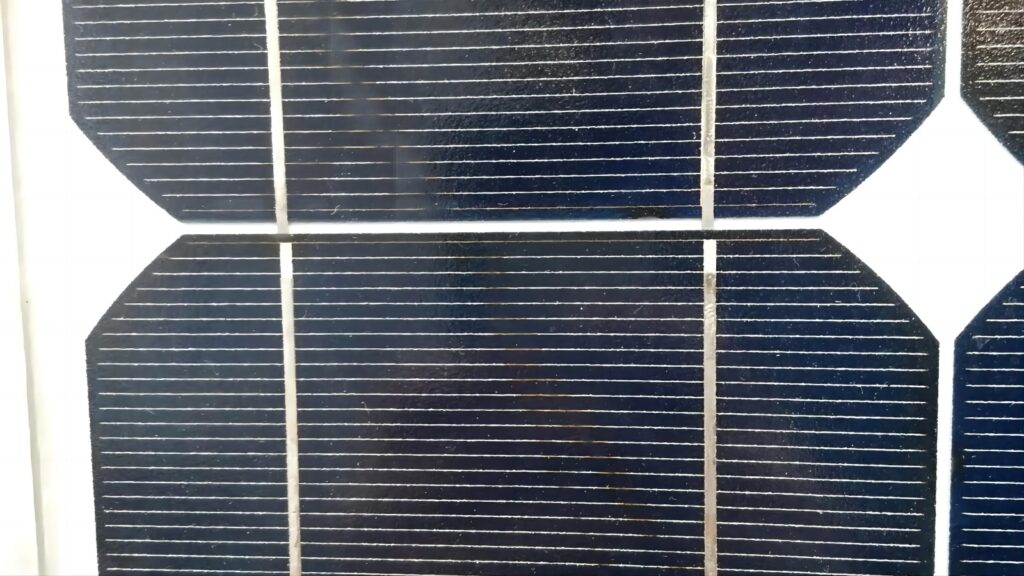
How to prevent snail trails on solar panels?
1.Handle Solar Panels with Care to Avoid Microcrack Formation.
Preventing microcracks in solar panels can be done by taking a number of preventive and maintenance measures to ensure the long-term stability and performance of the system. Here are some suggestions:
(1) Proper Installation and Maintenance: Have the solar panels properly installed by a professional and ensure that the mounting frame and support structure meet the requirements. Regularly inspect and maintain the system, including checking fasteners, cleaning up dirt and snow, etc. to prevent micro-cracks caused by external pressure.
(2) Avoid excessive force: During installation and maintenance, avoid applying excessive force or pressure, especially in the edge areas of the solar panels. Careful handling and operation will reduce the risk of mechanical damage.
(3) Suitable foundation and support: Ensure that the foundation and support structure of the solar panel meets the design requirements and is able to withstand the effects of the natural environment such as wind, rain and snow. Strong support structures can mitigate the effects of external forces on solar panels.
Click to learn more about microcracks on solar panels:
2.Choose Solar Panels with Advanced Encapsulation Materials.
The selection of materials for solar panels is crucial in preventing the formation of snail trails. Certain polymer materials may contribute to or exacerbate the issue of snail trails. Therefore, the choice of appropriate encapsulation materials becomes particularly important. Ideal solar panels should be made with high-quality, durable materials that are well-adapted to environmental changes. This can effectively prevent the occurrence of snail trails, extend the lifespan of the panels, and ensure stable energy efficiency and output.
Maysun’s HJT double glass bifacial solar panels are encapsulated in POE, a thermoplastic material that offers superior performance and sustainability for solar panels. Its UV resistance helps to maintain stability in a variety of climatic conditions, extending the life of the panels. Weather-resistant, it can withstand sun and rain and adapt to harsh environments. In addition, POE materials are environmentally friendly and in line with the concept of sustainable development. Therefore, Maysun’s HJT double glass bifacial solar panels with POE encapsulation materials offer significant advantages in terms of performance and environmental protection.
The goal of Maysun Solar since 2008 has been to make the best solar panels. Check out our wide range of half-cut, MBB, IBC, HJT, and shingled solar panels, which come in silver, full black, black frame, and glass-glass styles. Beautiful designs and great efficiency make the panels stand out and make any building look better. Maysun Solar is a reliable choice because it has long-standing offices and warehouses and relationships with top installers in many countries. Feel free to get in touch with us if you have any questions about PV or want the most up-to-date quotes on solar panels. We’re happy to help.
References:
Solaradvisor. (2023, April 9). Why do you see snail trails on the surface of solar panels? | SolarTechAdvisor. Solartechadvisor.
Admin. (2023, December 4). Snail trails on solar panels | Just Solar. Just Solar.
Hoffmann, V. (2023, November 23). Unveiling the impact of Snail Trails on PV Modules. Above.
Nicolas, & Nicolas. (2022, October 19). Snail Trail effect: how to prevent your PV module from damage – Eco Green Energy. Eco Green Energy – Building a Greener World.

New Photovoltaic news you should know about (March 2024)
Table of Contents REC Unveils a 430 W Heterojunction Solar Module Boasting 22.2% Efficiency REC, a Singapore-based PV module manufacturer, introduces its residential solar modules featuring Alpha heterojunction cell technology. Production has commenced at REC’s Industry 4.0 fab in Singapore, with initial shipments

IBC Solar Modules vs. Bifacial Glass-Glass Solar Modules: Which Is More Suitable for Winter or Low-Light Conditions?
Table of Contents Introduction As the demand for renewable energy continues to surge, advancements in solar technology have broadened the spectrum of component choices available to us. Among these, IBC (Interdigitated Back Contact) full black solar modules have garnered special attention due to

Why Are Lightweight Bifacial Solar Panels the Best Choice for Balcony Solar Power Plants?
Table of Contents In the quest for efficient and eco-friendly home energy solutions, solar photovoltaic technology has emerged as a key player due to its sustainability and clean energy benefits. Particularly in the space-constrained urban settings, the effective conversion of every inch of

Questions You Might Ask About Balcony Solar Power Plants in 2024
Table of Contents What is a Balcony Solar Power Plant? Similar to a traditional photovoltaic panel, a Balcony Solar Power Plant is a device designed to generate electricity from solar energy. This green energy generator is specifically tailored for self-consumption, but it comes with

A Step-by-Step DTU Guide for Balcony Solar Power Plants
As renewable energy becomes increasingly integral in our daily lives, Maysun Solar’s Balcony Solar Power Station, with its advanced technology and user-friendly design, represents a transformative approach to home solar solutions. The integration of a Data Transfer Unit (DTU) enhances its smart functionality

What Are The Main Components of Solar Panels?
What are the main components of solar panel? Solar panels, the cornerstone of solar energy technology, are composed of several integral parts, each contributing to their ability to harness sunlight and convert it into electrical energy. In this article, we will explore the essential

